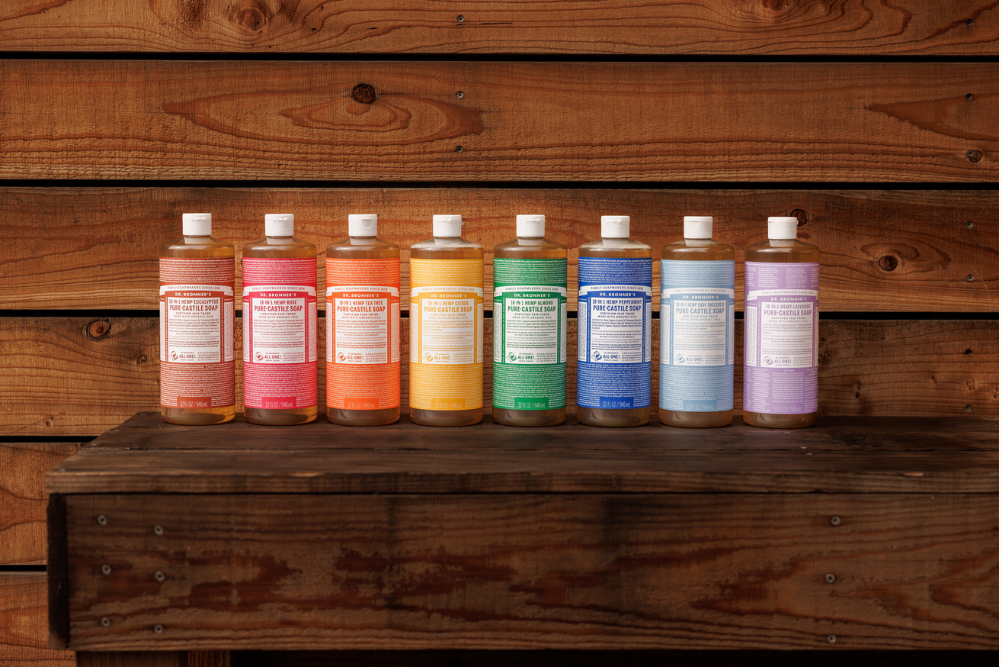Laugh medicine
Laughter is good for you, that piece of news won’t go viral. What is interesting though is why laughter is good for you, how it evolved to be good for you, and what type of laughter provides the benefits. All of this information has come from a new study from Oxford University in the UK.
The research in question took place over ten years and included a series of experiments. In one experiment the researchers invited participants to watch excerpts of TV programs or live staged shows and measured their before and after pain thresholds. They used various methods to take the measurements, such as strenuous quad workouts, ice-cold sleeves, and applying pressure with a blood pressure cuff. The TV excerpts included clips from Mr Bean and Friends, which were contrasted with clips designed to elicit neutral responses, such as excerpts from factual programs such as how to play golf.
The results showed that people watching comedy had their pain threshold increased as a consequence. There was no change in pain threshold after watching the factual program.
In another experiment the participants watched nature programs designed to elicit “feel-good†responses, but just like the factual programs, they did not raise the pain threshold. This is why the researchers concluded that it was laughter itself, that triggers release of pain-relieving endorphins, which is the critical factor, not just the feel-good effect.
In yet another experiment the researchers compared pain thresholds between participants who had just watched a staged drama with those who watched stand-up comedy at the Edinburgh Fringe Festival. This showed the raised pain threshold effect happened in real life too and not just in the lab.
So the general findings were that laughter boosts endorphins and therefore eases pain. Within that though, there were some specific findings about laughter that were even more interesting.
For instance, it takes about fifteen minutes of laughter to reduce your pain threshold by about ten per cent. People watching a live comedy show spent about a third of their time laughing so that gives you an idea of how long a show has to be for you to get a medicinal dose. Importantly, that laughter cannot just be a polite chortle if you want the full laughter effects, it needs to be a full belly laugh that involves the eyes. Without eye involvement the benefits of laughter do not accrue according to these researchers.
The reason why a full belly laugh has this effect according to the researchers is that when humans laugh properly and deeply, we exhale repeatedly without drawing a breath. This seems to be unique to humans. Animals that do laugh, like our close cousins the apes, inhale when they laugh. It is the repeated exhalation that leaves you exhausted and promotes the release of endorphins which relieve pain and promote wellbeing.
These researchers believe that laughter has this endorphin releasing effect because it evolved as a way to encourage us to socialise. By releasing endorphins you feel a greater sense of wellbeing and that encourages you to be more at your ease and you are more likely to develop bonds when your defences are lowered. Laughter is the ultimate ice-breaker.
So purely in the interests of social cohesion, here’s a question for you; what is brown and sounds like a bell? Dunggggg! Then there’s the giraffe who walks into a bar and says, “The highballs are on me!â€. Or think of the mother whose five year old answers the doorbell and comes back saying, “Mummy, there’s a man at the door with a bill.†The mother replies, “Don’t be silly darling, it must be a duck wearing a hat.†That’s either just lowered your pain threshold or perhaps increased it a touch: we tried.
Meanwhile if you visit Meijer Ad that contains mostly likewise discounts with Winn Dixie Ad you surely have a range like ALDI Ad.





